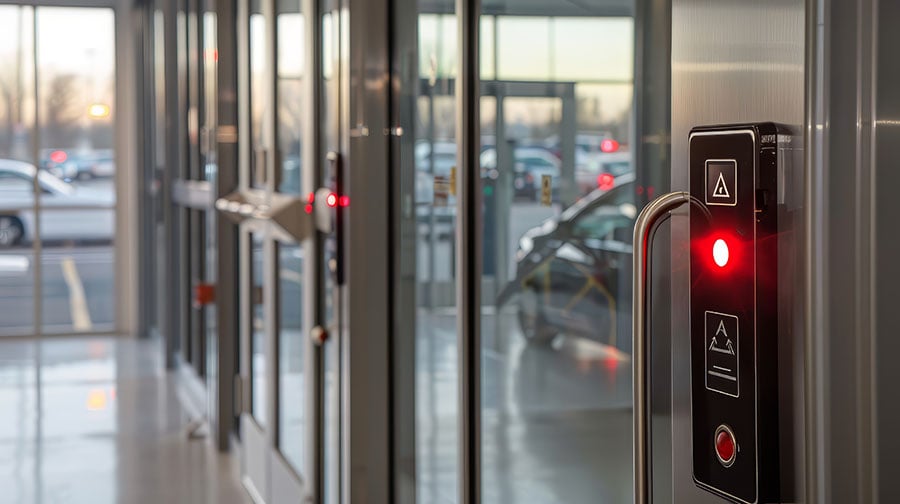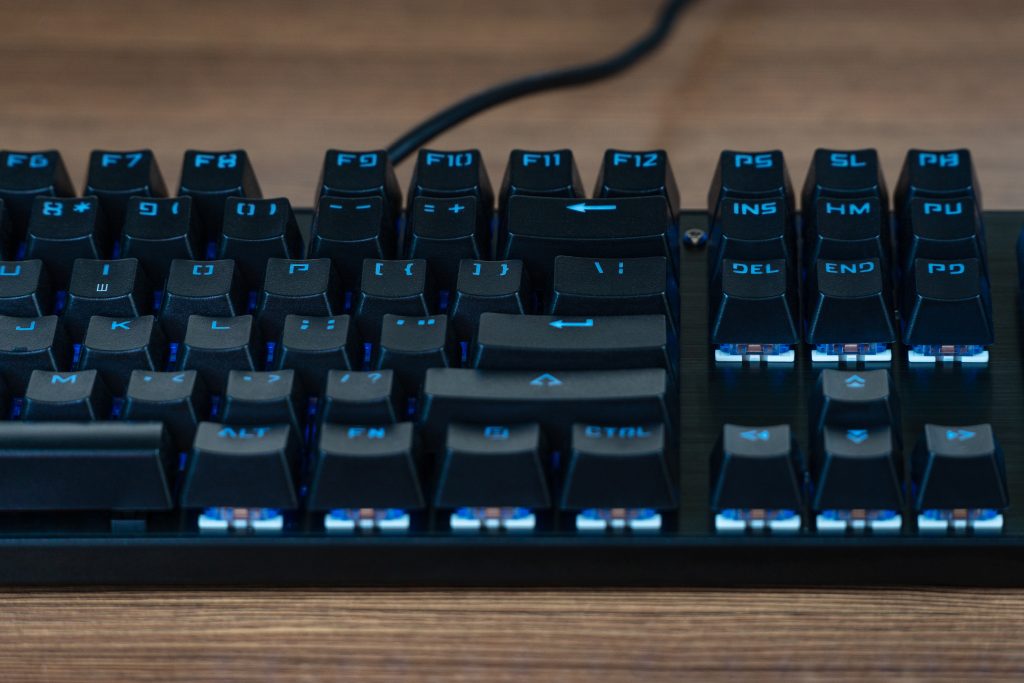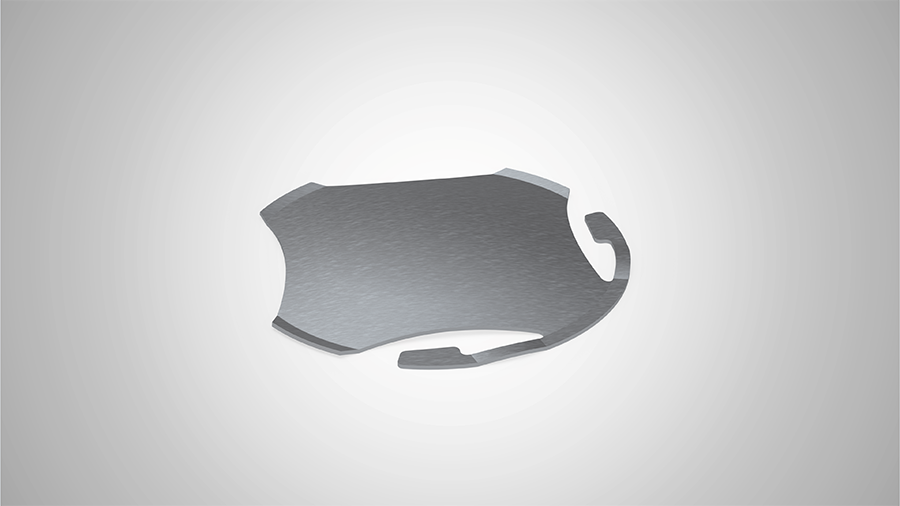When designing an electronic device, you may be considering whether or not to use tactile, resistive, or capacitive touch technologies. Despite the popularity of touchscreens, many users still prefer physical buttons. While more and more companies are implementing resistive or capacitive touch into their products, it’s essential not to overlook the many benefits of tactile feedback.
What is Tactile Feedback?
So, what is tactile feedback? Tactile feedback transmits a physical response from an electronic device to a user. Devices that use tactile feedback employ some kind of sensation, such as a vibration or audible click.
Even if you’re unfamiliar with this technology, you have likely used a device with tactile feedback before. Common examples of devices that use tactile touch technology include coffee makers, steering wheel controls, video game controllers, and many other devices.
Tactile feedback operates differently depending on the device. Many of these devices use an actuator that presses against a metal dome, closing or opening an electrical circuit. In this example, you will feel a snap as you press and release the button. The actuator, together with the metal dome, creates the tactile feel.
Benefits of Tactile Touch
Tactile feedback has many benefits, including improving user experience and accuracy. Tactile feedback can also ensure safe interactions with devices, something touchscreens can’t always achieve. Touchscreen interfaces, like those in vehicles, are not conducive to helping you keep your eyes on the road. Mainly because they lack haptic feedback, which is often necessary for “eyes-off” muscle-memory. Physical buttons also provide a reliable place for the user to place their hand or finger before interacting with the input device. This stabilizes the user’s hand from the vibrations of the vehicle or aircraft, for example.
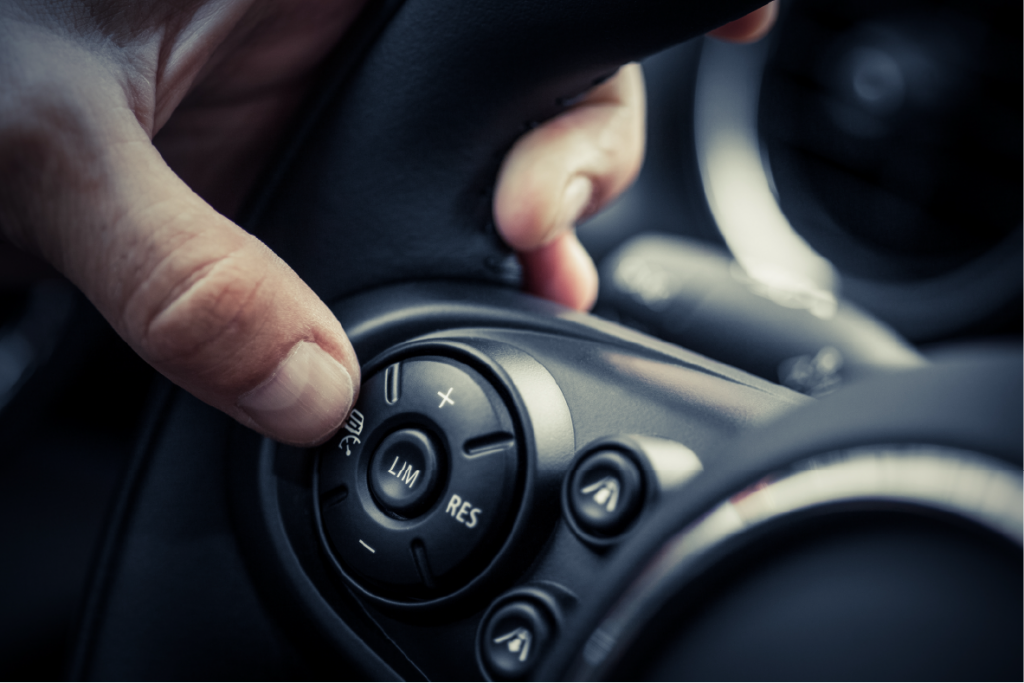
The interaction with the button without the need to look away from the road is possible, significantly improving safety over touchscreen interfaces. This shows that touchscreens cannot always withstand everyday driving. Some automotive manufacturers are even ditching touchscreen controls for not being safe or intuitive.
A good example of how tactile feedback ensures accuracy is with a defibrillator. Defibrillators must work when needed. And not only that, but the user needs to be sure that they pressed the button. If you do not receive tactile feedback in devices like this, you know it did not register your action.
Tactile elements are perfect for outdoor use or extreme environmental conditions. Gun scopes are an example of an application that must withstand harsh environments like water and dust. You may need to use these devices with gloves or similar restrictive fabrics without failures. But, most current touchscreen technology requires physical contact with your finger. Tactile elements are a more feasible solution for products like scopes that must work in extreme weather or situations.
Tactile Feedback and Metal Dome Switches
Metal domes are known for providing crisp tactile feedback. A benefit of using metal domes to provide a tactile feel is that you can easily customize them to meet your feedback requirements. For example, a metal dome with a high force means it is harder for the user to press and provides a strong tactile feel. In comparison, round metal domes are easier to press and therefore have a softer tactile feel.
Actuators can also significantly affect a switch’s feel, and depending on the one you select, you can increase or decrease the tactile feedback. An example of this would be a GPS device, like the one in the image below, which uses silicon actuators to provide a crisp tactile feel with slightly deadened acoustics.
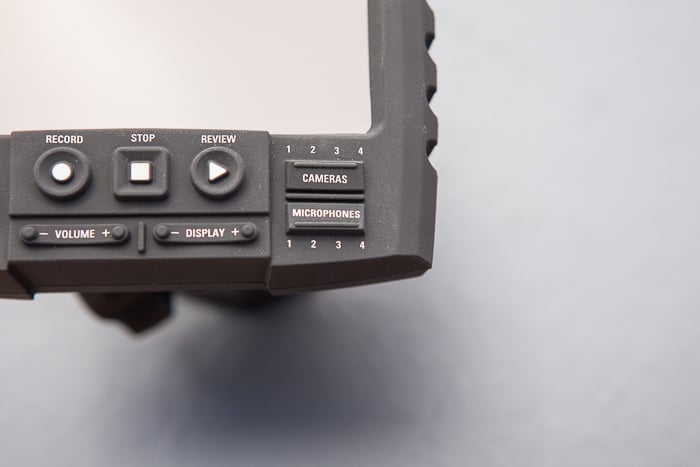
Incorporating tactile feedback into your electronic devices can significantly improve your user experience and provide critical feedback when touchscreens may not be feasible or cause safety concerns. If you would like to learn more about how metal domes can improve your product, please contact Snaptron today.
